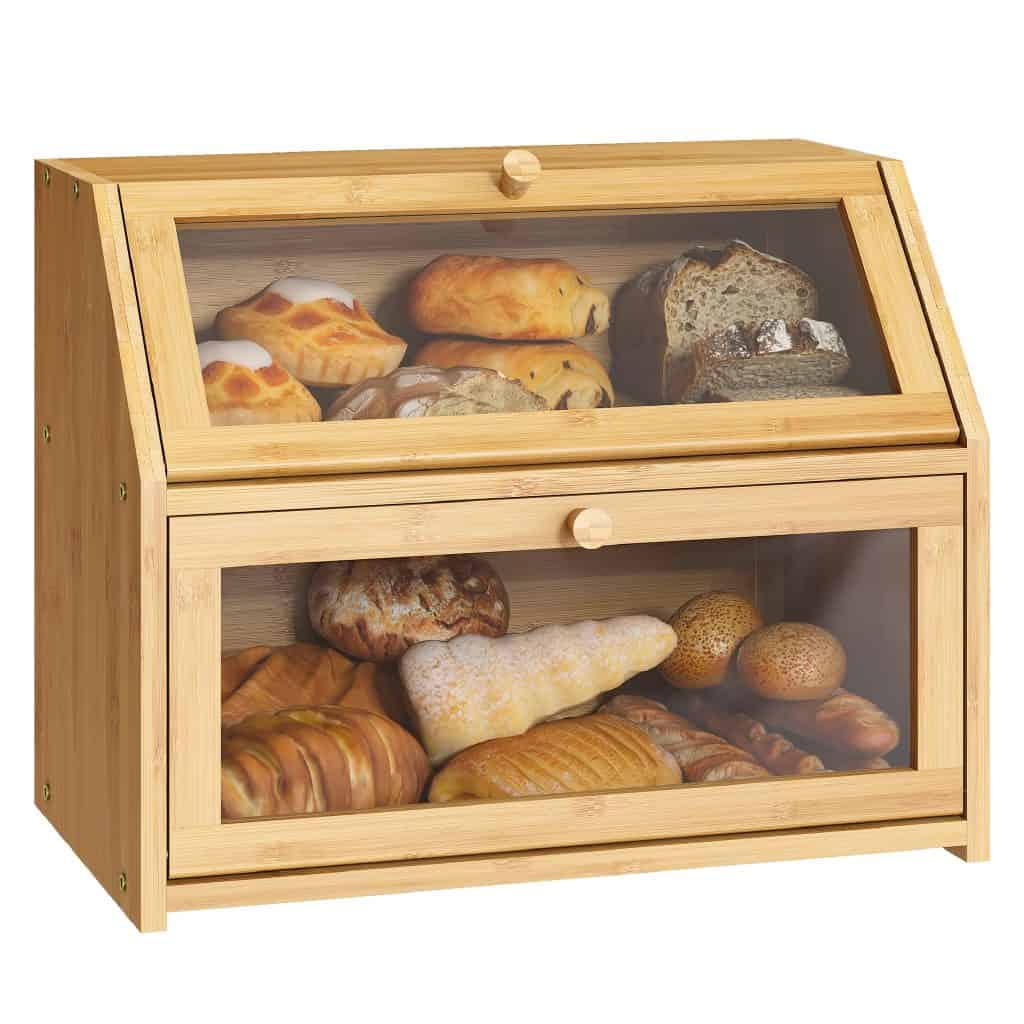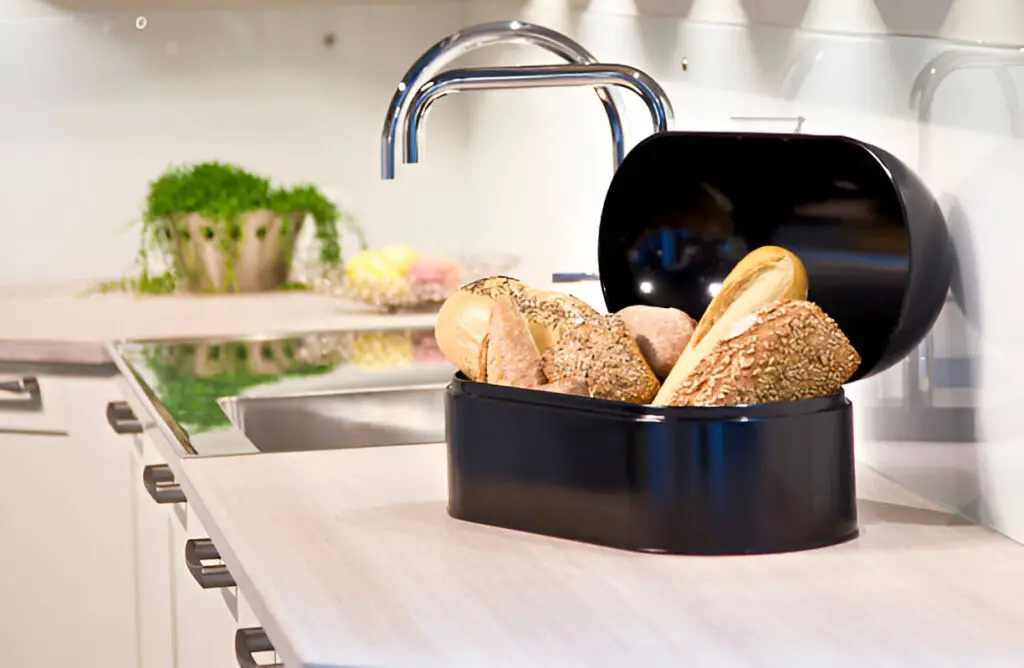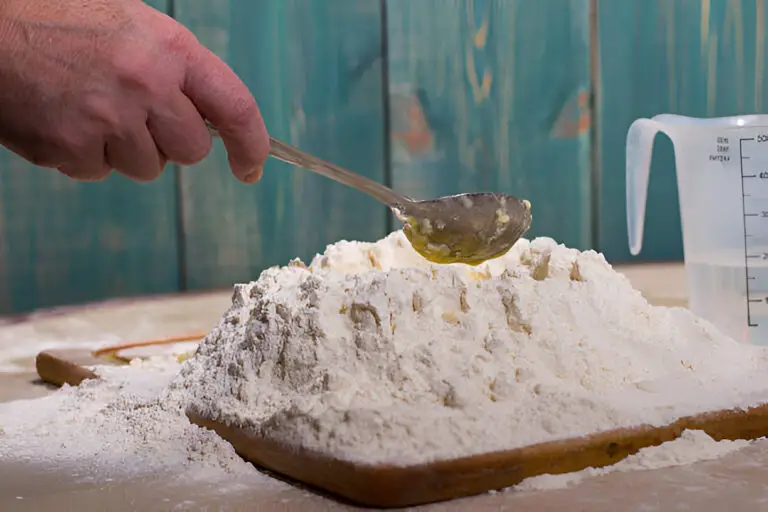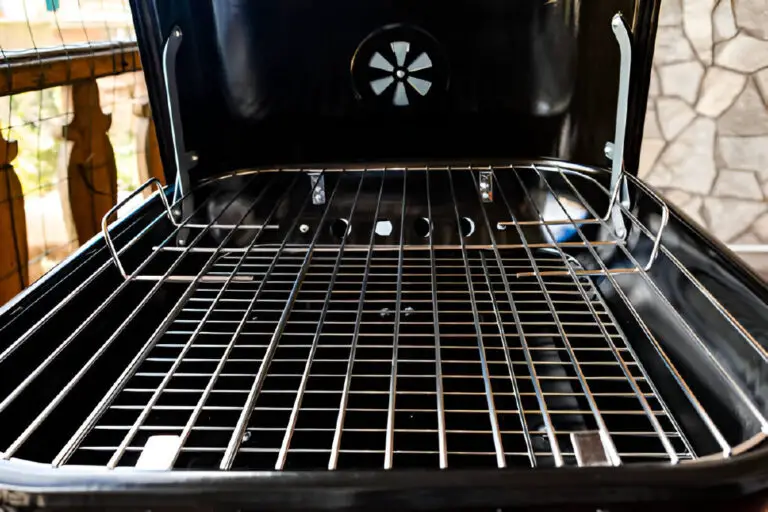Does a Bread Box Keep Bread From Molding and Fresher?

If you’ve ever grabbed your loaf of bread only to find it’s stale or, even worse, sprinkled with mold, you’re not alone. This was my struggle for years. Every time I bought a fresh loaf, it was like a race against time to finish it before it went bad. Then I wondered if a bread box could be the answer.
Does it actually help keep bread fresh longer, or is it just a charming kitchen relic? Here’s what I learned after testing it out myself.
What Does a Bread Box Really Do?
Let’s start with the basics: a bread box isn’t just a cute countertop accessory. Its main purpose is to create an ideal environment for bread storage, balancing out humidity levels and temperature to slow down two big culprits of bread spoilage: staleness and mold.
The key to a bread box’s success lies in its ventilation. Bread needs a bit of air circulation to stay fresh, but not so much that it dries out, and certainly not so little that it turns into a mold magnet. In a way, the bread box is like the Goldilocks of storage—keeping just the right amount of moisture in and excess air out.
Why Bread Molds Faster Out in the Open
When you leave bread out on the counter or in a plastic bag, it’s exposed to a lot of moisture and bacteria in the air. Bread naturally has some moisture content, which mold spores love. Once they settle, they’ll start spreading, especially if the environment is humid or warm. If you’ve noticed that bread molds faster in the summer, that’s why!
This is where the bread box comes in. By keeping bread in a slightly enclosed but ventilated space, a bread box reduces the exposure to air-borne mold spores while also allowing excess moisture to escape. It’s a delicate balancing act that a good bread box handles quite well.
How a Bread Box Keeps Bread Fresher for Longer

A bread box is basically a natural humidity regulator. It doesn’t work like an airtight container (like a plastic bag) that traps all moisture in, nor does it leave the bread out to dry in open air. The small openings in a bread box allow some moisture to escape, but not enough to leave the bread completely dry. This way, bread keeps its soft texture without becoming a moldy mess.
Comparing Storage Methods: Bread Box vs. Fridge vs. Plastic Bag
To see the difference, here’s how various storage methods stack up:
| Storage Method | Freshness Duration | Texture | Mold Resistance |
| Bread Box | 3-4 days | Stays soft | Slows mold growth |
| Fridge | 5-7 days | Often dries out | Reduces mold growth |
| Plastic Bag | 2-3 days | Moist, but often soggy | Encourages mold growth |
| Counter | 1-2 days | Can go stale quickly | Exposed to mold spores |
The fridge may keep mold at bay a bit longer, but bread stored there often loses its texture quickly, becoming tough or even rubbery. And while the plastic bag might keep bread moist for a couple of days, it usually ends up trapping too much moisture, speeding up mold growth. Using a bread box ensures that the bread remains fresh, soft, and mold-free for several days.
Best Practices for Using a Bread Box
If you’re ready to give a bread box a try, here are some practical tips:
- Choose a Well-Ventilated Box: Some bread boxes have tiny holes for ventilation, while others have a loose-fitting lid. Look for one with a bit of airflow, like a wooden or metal bread box with small vents.
- Clean Your Bread Box Regularly: Bread crumbs and bits left in the box can attract mold spores. Wipe it down every couple of weeks to keep it fresh and clean.
- Avoid Plastic Bags Inside the Box: Placing bread inside a plastic bag and then putting it in the bread box kind of defeats the purpose. Let the bread sit directly in the box to allow natural airflow.
- Keep It in a Cool Spot: Place the bread box somewhere away from heat and sunlight, which can raise the temperature and create condensation inside.
Types of Bread That Benefit Most from a Bread Box
Different kinds of bread have different needs when it comes to storage. Here’s a quick look at which types work best in a bread box:
| Type of Bread | Bread Box Suitability | Reason |
| Sourdough | Excellent | Holds up well without refrigeration |
| Whole Grain | Very Good | Benefits from natural humidity levels |
| White Bread | Good | Stays soft, though might dry out |
| Gluten-Free | Fair | Often better refrigerated for texture |
| Baguettes | Good for short-term | Best for day-of freshness |
Breads with a dense texture, like sourdough, whole-grain, or rye, tend to do very well in a bread box because they don’t dry out as quickly as lighter breads. But even a standard white loaf benefits from a couple of days in a bread box.
| Check out: How to Thaw Frozen Bread Dough at Room Temperature |
How to Choose a Bread Box: A Guide to Freshness and Style
When it comes to selecting the perfect bread box, you must consider three key factors: style, design, and material. Each aspect plays a vital role in not only enhancing your kitchen’s aesthetic but also in maintaining the freshness of your bread. Let’s delve deeper into these considerations to help you find the best bread box for your needs.
The Material
First and foremost, the material of your bread box is crucial. Different materials offer various benefits and drawbacks, so choose wisely based on your environment. Coated metal and stainless-steel bread boxes are known for their durability, but they can scratch softer kitchen surfaces. Additionally, these materials tend to conduct heat, making them less ideal for areas with fluctuating or extreme temperatures. For a more eco-friendly option, modern bread boxes often feature BPA-free plastic blended with sustainable materials like bamboo. On the other hand, wooden bread boxes excel in breathability, allowing for optimal air circulation and moisture regulation. However, keep in mind that some wooden boxes may impart a subtle aroma to the bread, which might not be desirable for everyone.
The Style and Design
Next up is the style and design of the bread box. This is where personal preference truly shines! You’ll find an array of styles, from sleek and modern to classic and vintage. Some designs boast roll tops, while others come with traditional lids. If you want to maximize functionality, consider a bread box with a lid that doubles as a cutting board — perfect for slicing your fresh loaf right where you store it! While the design of your bread box may not significantly affect how long your bread stays fresh, it should certainly complement your kitchen’s overall look.
The Size
Lastly, don’t overlook the size of your bread box. Choosing the correct size is crucial to maintaining bread freshness. If the box is too small, it can trap too much moisture and hinder air circulation, leading to moldy bread before its time. On the flip side, a larger box is ideal if your family consumes a lot of bread; it offers ample space for storage and helps regulate humidity levels. If you find that you don’t go through bread as quickly, a standard-sized box should suffice. Ultimately, selecting the right size can make all the difference in keeping your bread delightful and delicious!
| Related: Is Buying a Bread Maker Save Money and Worth It? |
Is a Bread Box Worth It? My Personal Verdict
After giving the bread box a real shot, I found myself appreciating the subtle difference it made. Bread stayed soft, tasted fresh longer, and I wasn’t throwing out stale or moldy pieces nearly as often. Plus, there’s something satisfying about reaching into a bread box in the morning—it adds a little ritual to breakfast that’s charming and timeless.
For anyone who loves fresh bread but hates the waste that comes with spoilage, a bread box is a solid investment. It won’t keep bread forever, but it does offer an easy and reliable way to enjoy a few more days of freshness without resorting to refrigeration. Whether you’re working with homemade loaves or store-bought favorites, a bread box can keep them tasting their best.
In the end, a bread box might seem like a small addition to your kitchen, but it packs a punch in keeping bread fresher for longer. I’ll keep using mine, and if you love bread as much as I do, it might just be worth making a little space on your countertop. Who knew a simple box could make such a difference?






